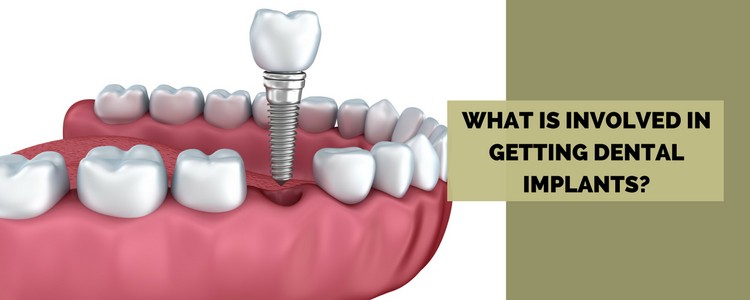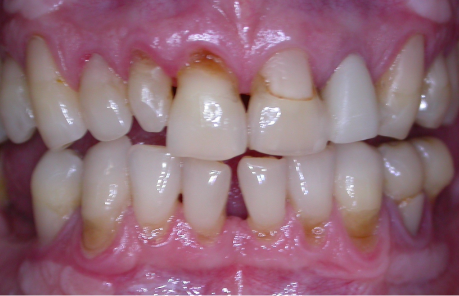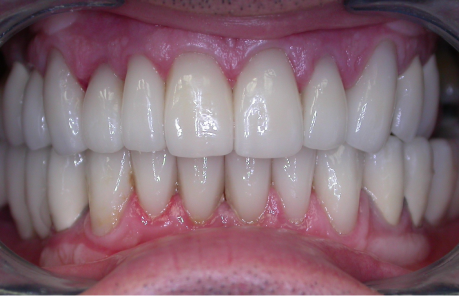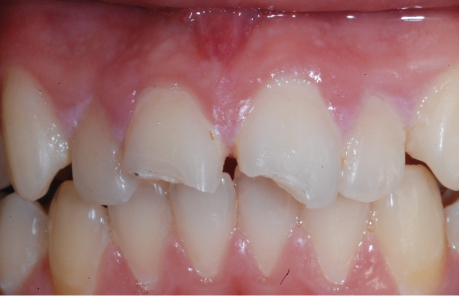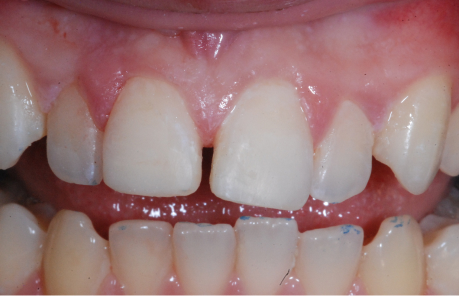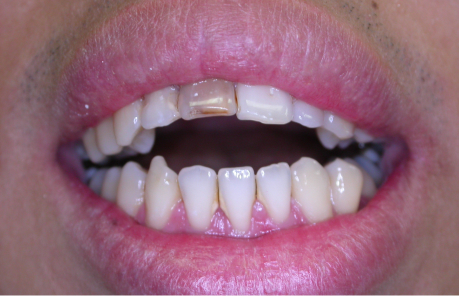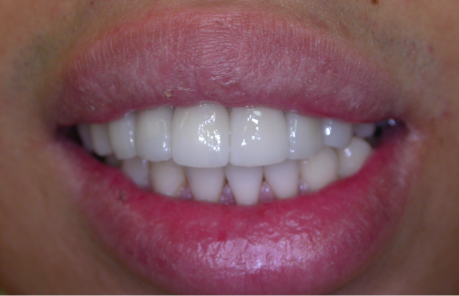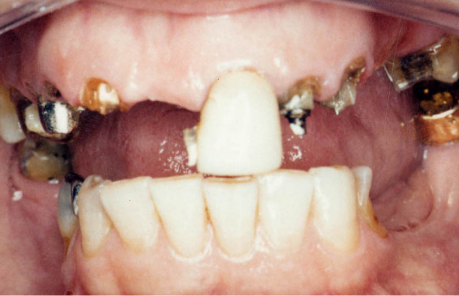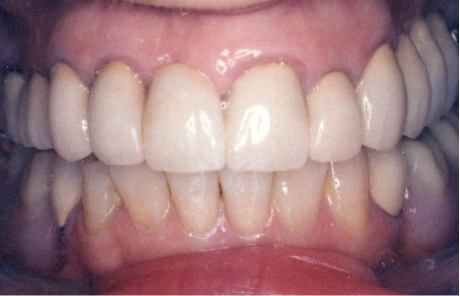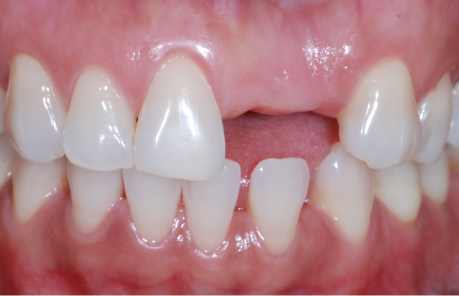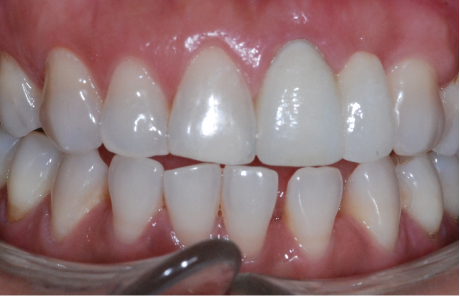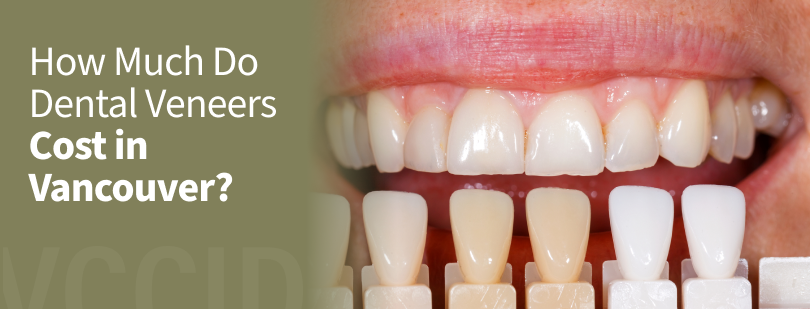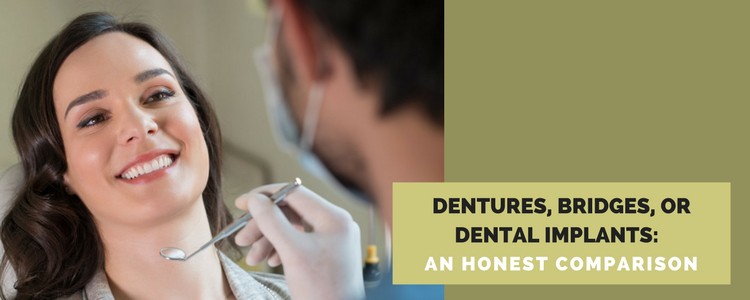Got broken teeth? Simply missing teeth? If you’re looking to replace your teeth, dental implants are the ideal way to either replace or secure them into place so that your teeth do not shift, move or fall out.
First developed in the 1960’s, these alternatives to bridges, partials or complete dentures are comfortable and look just like natural teeth.
Today, dental implants have a 10-year-success rate of over 98%, which is extremely significant when you consider the fact that many more familiar dental procedures such as crowns, bridges and root canals have ten year success rates of less than 80% (ten year study of crowns/bridges).
This makes dental implants one of the most predictable and successful procedures today, especially when performed by an experienced dentist who specializes in this area.
Whether you have loose dentures and need an option to secure them, or if you’ve broken/lost some teeth and need a long term permanent replacement, then dental implants may be the dental solution for you. In most cases, the teeth that are put on top of the dental implants typically look so close to real teeth that most people will not be able to notice.
Here’s a complete breakdown of what exactly is involved with dental implants.
1. Are you a Candidate for Dental Implants?
If you have lost some teeth or are about to lose some teeth, dental implants are one of the best options to salvage your dental health, function and smile.
Dental implants are like artificial roots that are placed in the upper or lower jaw bone. The purpose of these implants is to provide stable support for the teeth that are placed on top. In order to be a good candidate for implants, you will need to have an adequate amount of bone in quantity and quality to secure the implant. If the bone is less than ideal, it rarely doesn’t mean you cannot have implants, but the bone in the area may need to be built up or a customized type of implant placed instead.
Many people think that age is a factor and that they are too old to have implants placed. My oldest patient to date was 88 years old and he did very well with his implants for many years. He was thrilled that he could still chew and eat like his grandchildren! At the other extreme, we generally don’t place implants in anyone less than ~18 years of age as their jaws are still growing and teeth may be developing.
2. When to see your Dentist
Even if you haven’t lost your tooth yet, it’s advised to see an implant dentist before that tooth is removed. Once a tooth is removed, you will lose the bone in the area. The longer it is left, the more bone you will lose.
In some cases, especially in the front where aesthetics is important, it is best to place the implant the same day that the tooth is removed.
If the tooth is already long-gone, it’s not necessarily too late for your smile. Your dental implant specialist will first access the bone volume and determine whether there is enough bone in height and width to place an implant.
3. Save Your Smile
Implants are designed to blend perfectly with your mouth, creating a healthy and attractive smile. Unlike dentures, implants are not loose, nor do they wiggle, so that you need not have any embarrassment from ill-fitting teeth. Implants also have the advantage of being able to place the teeth where they are best suited for function and esthetics.
Once teeth are lost the bone continues to shrink/atrophy with time. The more this occurs the more the original teeth positions are distanced from the existing bone. In order to make the denture more stable therefore, the teeth are often placed in a position that makes them more stable for chewing but often less than ideal for esthetics.
4. The Health Factor
Your dentist or specialist will need to evaluate your overall health/medications to see if there are any contraindications to having an implant.
Your general health is important for implants to be successful, but fortunately there are only a few absolute health contraindications to having a dental implant (i.e. severe immunosuppression, active cancer treatment, jaw radiation, uncontrolled gum disease, systemic diseases that affect bone metabolism). A thorough medical and dental history and evaluation will be done to ensure there are no hindrances to healing. In most cases, your dentist will be able to place implants, but may need to modify the procedure or treatment options and procedures to ensure a good long-term result.
5. X-Rays
Some films of the area will be needed in order to determine ideal placement of your dental implant(s). Today, many dentists will take a CT scan as that gives the most information. Note: A CT scan is not always necessary.
6. Determining the Cost of Dental Implants & Potential Risk
Once the area is fully evaluated and assessed, the next is to have the procedure, costs and any risks fully explained.
The general cost range for dental implants varies from under $3,000 to well over $20,000. The large range is partly because there is such a diversity in treatment options, the initial presentation of the patient (bone volume, number of teeth required etc) to the final desired result, type of teeth etc. Here are a number of important factors:
- How many implants are needed (this can be partly subjective and may depend on the dentist’s experience, training and ‘philosophy’);
- The type of prosthetics used;
- Which teeth are being replaced.
7. Timing
With dental implants, it can take anywhere from three to 10 months from start-to-finish to have the procedure done.
The amount of bone needed for grafting, aesthetics, type of teeth and several other factors will determine the number of steps and the amount of time required.
However, it is possible to place a dental implant in a single appointment. A tooth can be extracted, replaced with an implant and then tooth or crown put in place all in one day.
Your dentist will still need to wait for the area to heal and steps need to taken to ensure that the bone will grow for the implant to be successful. This often means eating a soft diet and/or adjusting the tooth so that there is minimal pressure placed on the implant.
Final Thoughts
Having dental implants can be the most rewarding type of dentistry you have, especially when you consider the long term benefits. However because there is still a wide range of experience and training programs you need to make sure to ask questions and be comfortable with the information and options that are being offered to you.
It’s important to consult your implant dentist or dental implant expert. After a full dental implant consultation,examination and tests, your implant dentist will be able to determine what the best solution is for you.
